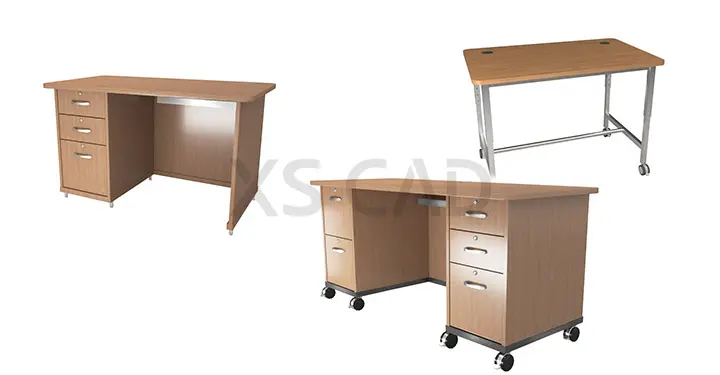Our Articles

How Important is Revit Family Modelling for the AEC Industry?
Popular author Dan Brown once said, ‘Knowledge is a tool, and like all tools, its impact is in the hands of the user’. Similarly, Revit-based parametric BIM (Building Information Modelling) tools have had a significant impact on the AEC (architecture, engineering and construction) industry recently in the hands of well-qualified professionals. Specifically, Revit families have driven the progress of this industry with their range of components, the ease with which those components can be manipulated, their cache of accurate data and the resultant savings in time and cost. They are, in essence, the building blocks of AEC design. Revit families are also known as content creation or component modelling or Revit family creation.
Just what is a Revit family?
The simple definition for families in Revit is that it is a group of components used to build a model, for example, walls, windows, stairs, doors, bathrooms, fixtures, showers, etc., with a common set of properties, or parameters, and a related graphical representation. In general, each family has multiple types, for example, different sizes, materials and more. Changes to a particular family item are updated parametrically throughout entire projects. To understand through an example, consider a window. If the height of the window is changed, all windows of the same type within a project are updated automatically. Revit has many family items already built in.
In case a new family must be added, this can also be done. Family files, also known as RFA files, can be loaded using Revit Family Manager. Parameters of exported elements can be added to an external database such as familit dbManager for Revit. These exported elements can be linked to the Revit project. Several database engines, such as Oracle, MySql, MsSql, SQL Express, Access and XML, can be supported by dbManager. Parametric values that are changed in the database are updated in the Revit project’s elements, such as rooms, floors, roofs, walls, and other families. Useful functions of dbManager include searching, grouping, sorting, zooming, exporting, importing, calculating and selecting. Using dbManager for Revit is the ideal tool for generating facility management, resource management, statistical analyses and reports.
The Family Editor tool is used to alter existing elements and create new ones, if a project has specific requirements. Examples of elements created by families include structural members, walls, roofs, windows, doors, fixtures, tags and detail components. Using predefined, or in-built, families or creating new families in Revit enables the addition of both standard and customised elements to building models. Design changes can be made easily, since families facilitate the control of similar elements.
Revit 3D modelling involves families that can be broadly classified as:
These families also have certain properties, which are known as:
The diverse and significant building components of Revit families are necessary for the creation of accurate 3D models. Effective and accurate families contribute to the successful and timely completion of BIM modelling projects.
Revit family modelling contributes 4 top benefits to precise design in AEC projects. They are:
In conclusion, Revit family creation is at the very foundation of architectural 3D modelling and MEP modelling in the AEC industry. Revit family creation increases the accuracy of the project models, enables variations of types of components and changes on those variations and saves time and effort spent on recreating this data for future use. As a result of these advantages, AEC projects ultimately see significant benefits from these cost-effective processes.

